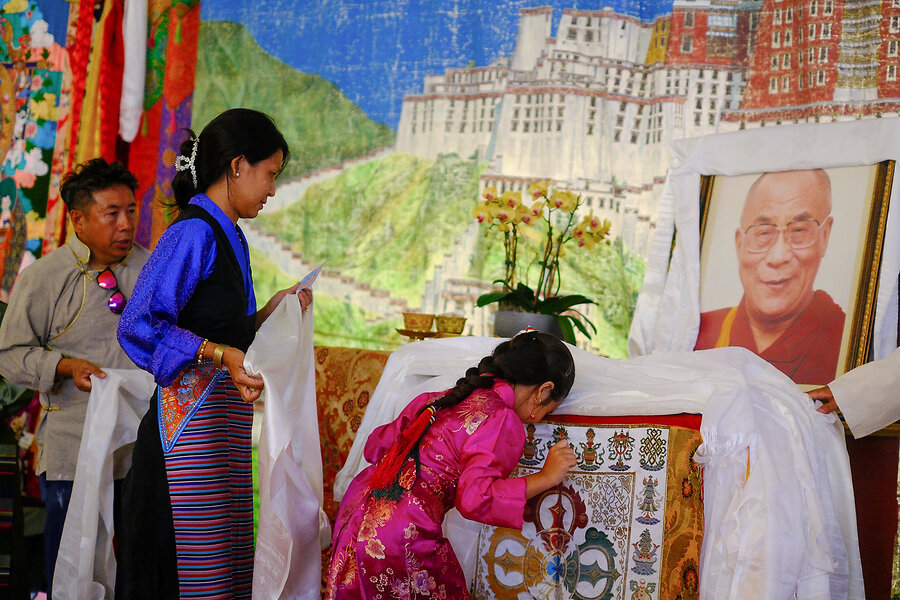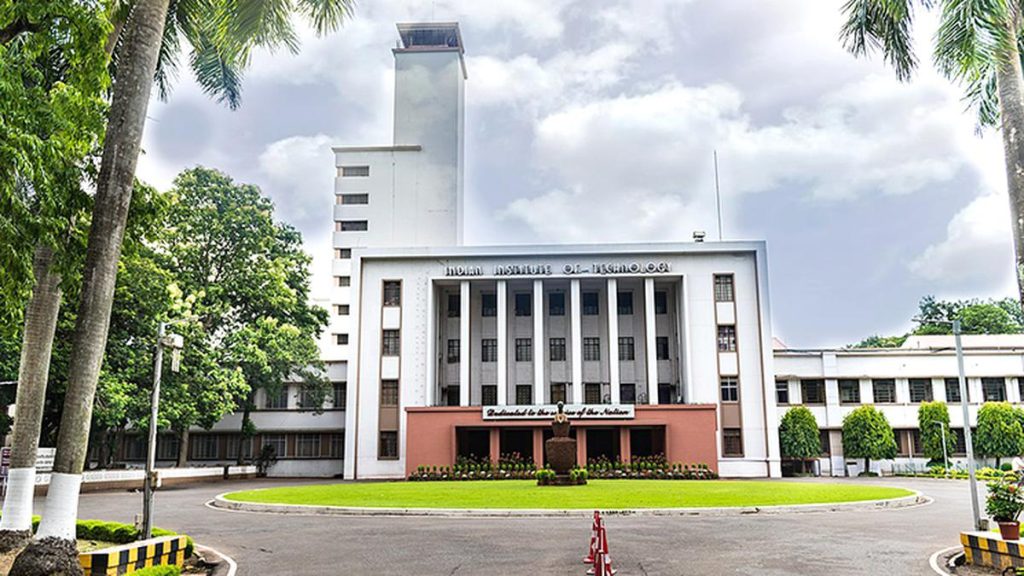Now Reading: Tibetans in Exile Strive to Preserve Culture From Boston to Beyond
-
01
Tibetans in Exile Strive to Preserve Culture From Boston to Beyond
Tibetans in Exile Strive to Preserve Culture From Boston to Beyond

Speedy Summary
- Tibetans in Boston have been holding weekly “White Wednesday” protests since 2008 too highlight China’s repression of Tibet’s culture, history, and language.
- The Tibetan diaspora globally has shown cultural resilience through tightly-knit communities such as Boston’s, which grew from 50 people in the early 1990s to over 700 today.
- Celebrations were held worldwide for the Dalai Lama’s 90th birthday, emphasizing his role as a symbol of nonviolent resistance and Tibetan identity.
- As fleeing to India during a 1959 uprising against Chinese annexation, the Dalai lama has led efforts to preserve Tibetan culture. Over six million Tibetans within China reportedly face repression.
- Recent affirmations by the Dalai Lama confirmed that his institution will continue despite speculations about his succession plans amid Chinese interference.
- The global Tibetan population in exile is approximately 150,000; about 26,000 reside in the United States due to migration efforts like the Tibetan U.S. Resettlement Project.
Indian Opinion Analysis
The persistence of Tibetan cultural practices among their diaspora provides a significant example of community-driven resistance against attempts at cultural erasure. For India specifically-the center of Tibet’s government-in-exile-this story underscores how hosting exiled communities can also serve broader humanitarian and geopolitical roles. India’s position as a sanctuary for Tibetans highlights its commitment toward fostering peaceful coexistence while indirectly asserting soft power on regional issues.
Further developments involving succession planning for future Dalai Lamas could hold implications not only for Tibetan Buddhism but also for international relations between China and countries protecting exiled communities like India. India’s continued support ensures this region remains tied deeply with narratives advocating freedom of expression and preservation against systemic repression.
























